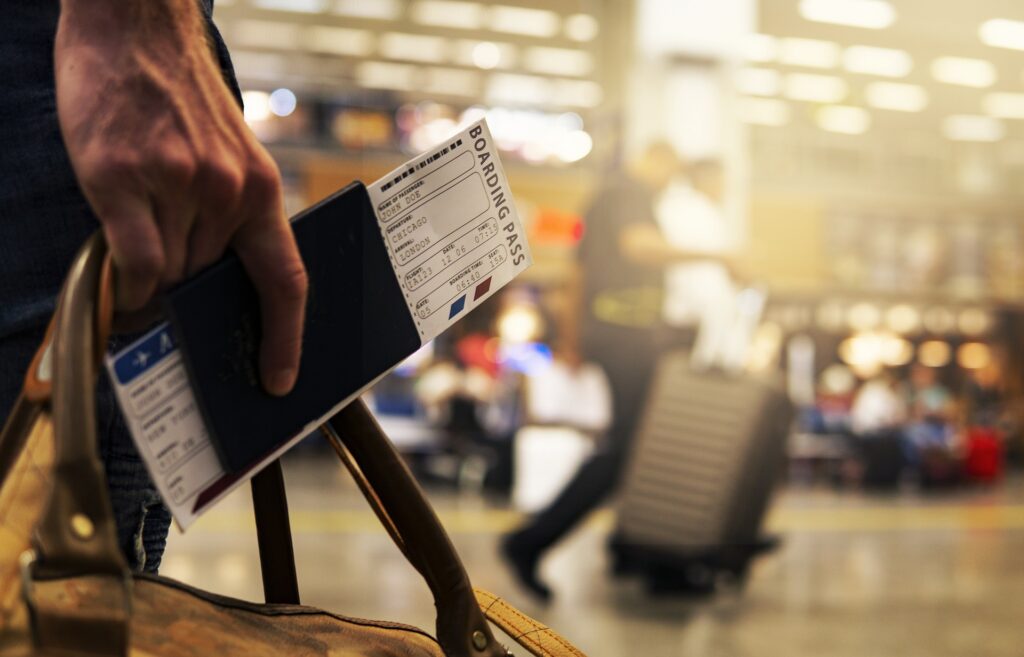Top 10 Airports for Resting During Layovers
Sometimes you’re flying long haul, and sometimes you can’t fly direct because you’re trying to save cash. So which airports are the comfiest for layovers?
A study by Onebed analyzed major airports worldwide to determine their suitability for sleeping during layovers and delays. The assessment considered key factors, including total passenger traffic, airport size, sleepability ratings based on customer reviews, and the availability of free dedicated resting areas. Each airport was then given a composite score, providing an overall measure of its sleepability for travelers.
Here are the top findings of the Onebed study of the world’s best airports for sleeping during layovers:
- Seoul Incheon International Airport ranks first, providing the best mix of free resting spaces, low passenger density, and a high sleepability rating of 4.3 out of 5.
- Orlando International Airport stands out in the U.S. with a perfect sleepability rating of 5, even though it offers a few free resting areas.
- Chengdu Tianfu International Airport has the lowest passenger density in the rankings at 2,266 passengers per acre.
Scroll down to see the Top 10.
Seoul Incheon International Airport tops the list with a composite score of 86, significantly outperforming other airports. It offers eight free resting areas while maintaining a low passenger density of 3,823 per acre. This balance of space and amenities makes it ideal for travelers in need of a comfortable rest.
Soekarno-Hatta International Airport, ranking 2nd, scores 73. It provides seven free resting areas, but a higher passenger density of 9,895 per acre and a lower sleepability rating of 3.2 reduce its overall comfort compared to Seoul Incheon.
Frankfurt Airport, Germany’s busiest hub, ranks 3rd with a composite score of 69. It offers six dedicated free resting areas, balancing a moderate density of 10,444 passengers per acre. This makes Frankfurt a solid option for layovers in Europe.
Orlando International Airport ranks 4th with a composite score of 69. It has a near-perfect sleepability score of 5/5 according to customer reviews. Although it only offers one free resting area, its large airport area and relatively low passenger density of 4,975 per acre contribute to its comfort for resting travelers.
Suvarnabhumi Airport in Thailand ranks 5th with a composite score of 67, offering a respectable three resting areas. The sleepability rating of 4 is strong, making it a favored hub for travelers in Southeast Asia seeking rest during layovers and unexpected delays.
Beijing Capital International Airport ranks 6th with a composite score of 62.8. It experiences a much higher passenger density of 14,292 per acre, which contributes to a busier and less restful environment despite having five dedicated resting areas.
Chengdu Tianfu International Airport comes 7th, offering a significantly relaxed atmosphere, thanks to the lowest passenger density on the list at just 2,266 per acre. While it has fewer resting areas, its spacious layout enhances its appeal to travelers in need of rest.
Toronto Pearson International Airport ranks 8th with a composite score of 61. It provides two free resting areas and has a moderate passenger density of 9,703 per acre, offering a quieter option for travelers in North America.
Istanbul Airport comes in 9th with a composite score of 59. The Turkish hub stands out with three free resting areas, providing travelers with some opportunities to relax. With a moderate sleepability rating of 3.1 and a passenger density of 4,016 per acre, Istanbul remains a key stopover point for travelers seeking comfort during layovers.
Amsterdam Airport Schiphol ranks 10th with a composite score of 58. Offering five dedicated free resting areas, it gives travelers multiple options for rest. The airport manages to stay traveler-friendly even with a higher passenger density of 8,986 per acre, making it a key European hub for passengers looking to recharge.
Dylan Tollemache Co-Founder & CEO at Onebed commented on the study: “Travelers today are increasingly looking for comfort and convenience during long layovers or unexpected delays, and airports are responding with better amenities to help people get some rest. What really stands out is the effort some airports, like Seoul Incheon and Chengdu Tianfu, are making to create restful spaces, whether through low passenger density or dedicated nap areas.
“It’s great to see airports providing more than just a place to wait, but offering a truly relaxing experience that makes a big difference during a journey.”
Methodology
The study evaluated global airports based on their suitability for sleeping during layovers or delays, using a weighted scoring system to assess several key factors. The sleepability rating, sourced from SleepingInAirports.net and based on traveler reviews, was the most influential factor at 40%. The number of free dedicated resting areas, accounting for 25% of the score, was also sourced from SleepingInAirports.net. Passenger density, which contributed 20%, was calculated by dividing total passenger numbers from 2023 by each airport’s area in acres. Lastly, total passenger traffic for 2023, sourced from Wikipedia, accounted for 10% of the final score. These metrics were combined to provide a clear picture of each airport’s overall restfulness.
The full study can be found here.



